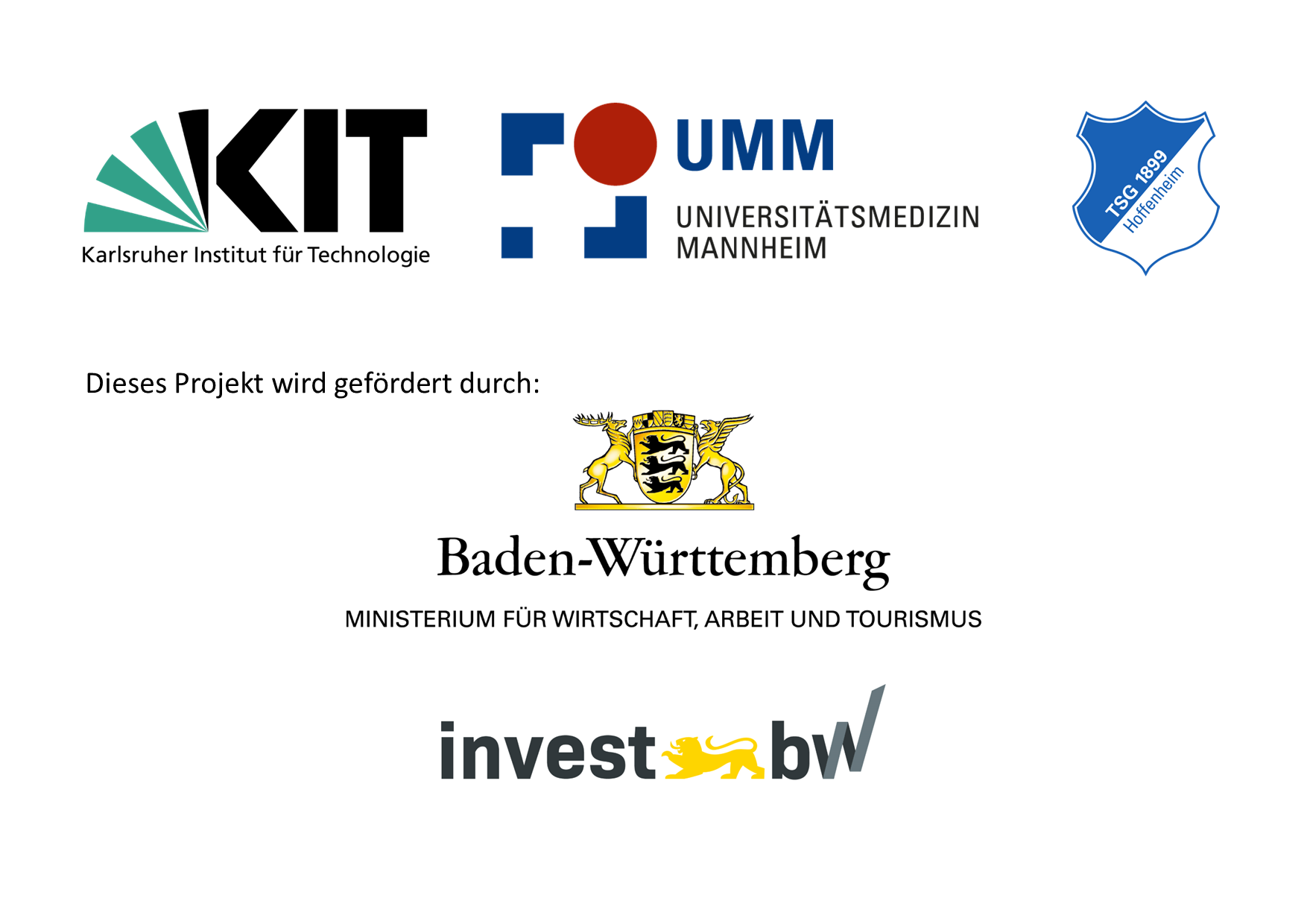Medical Technology


The NADHJA® lab 355 is a high-quality, innovative laboratory instrument. It allows the analysis of autofluorescence of the reduced form of the metabolic enzyme NAD (nicotinic adenine dinucleotide) in a very precisely defined tissue volume after excitation by UV laser pulses. Fluorescence excitation is achieved by the nanosecond pulse of a frequency tripled Nd:YAG laser at a wavelength of 355 nm. The detection of the fluorescence is performed by a photomultiplier and signal amplifier. The use of special fiber optic probes allows a wide range of applications.
With the NADHJA® lab 355 it is possible for the first time to measure NADH concentration changes in tissue continuously, invasively or non-invasively, in real time by laser-induced autofluorescence. Therefore, no separate fluorescence marker is necessary for the measurement.

These by mfd Diagnostics patented technology is currently being further developed in a joint project with leading university institutions in the state of Baden-Wuerttemberg for non-invasive lactate determination.
The project is supported by our location in Mannheim and funded by the state of Baden-Württemberg through the investBW program.

Cut cell components out of the living cell with ultrashort laser pulses
Using laser pulses from a femtosecond laser, we can cut out individual cell organelles, such as mitochondria, from vital cells. The great advantage of this is that the cell organelles are not destroyed in their structure and thus, unlike conventional methods, experience no or only minor changes in the molecular structure; i.e., the results are considerably more plausible, better validated and thus significantly safer.
In contrast to conventional processes, this can reduce costs and effort. This results in a wide range of new sophisticated application possibilities.
perforate the cell membrane with ultrashort laser pulses
Using laser pulses from a femtosecond laser, we can open the cell membrane of individual cells or cell layers selectively and temporarily. This allows, for example, the transfer of DNA or the introduction of other molecules into defined cells. Following optoporation, these cells can be tested for their vitality and propagated.
In contrast to conventional processes, this can reduce costs and effort. This results in a multitude of new and sophisticated application possibilities.